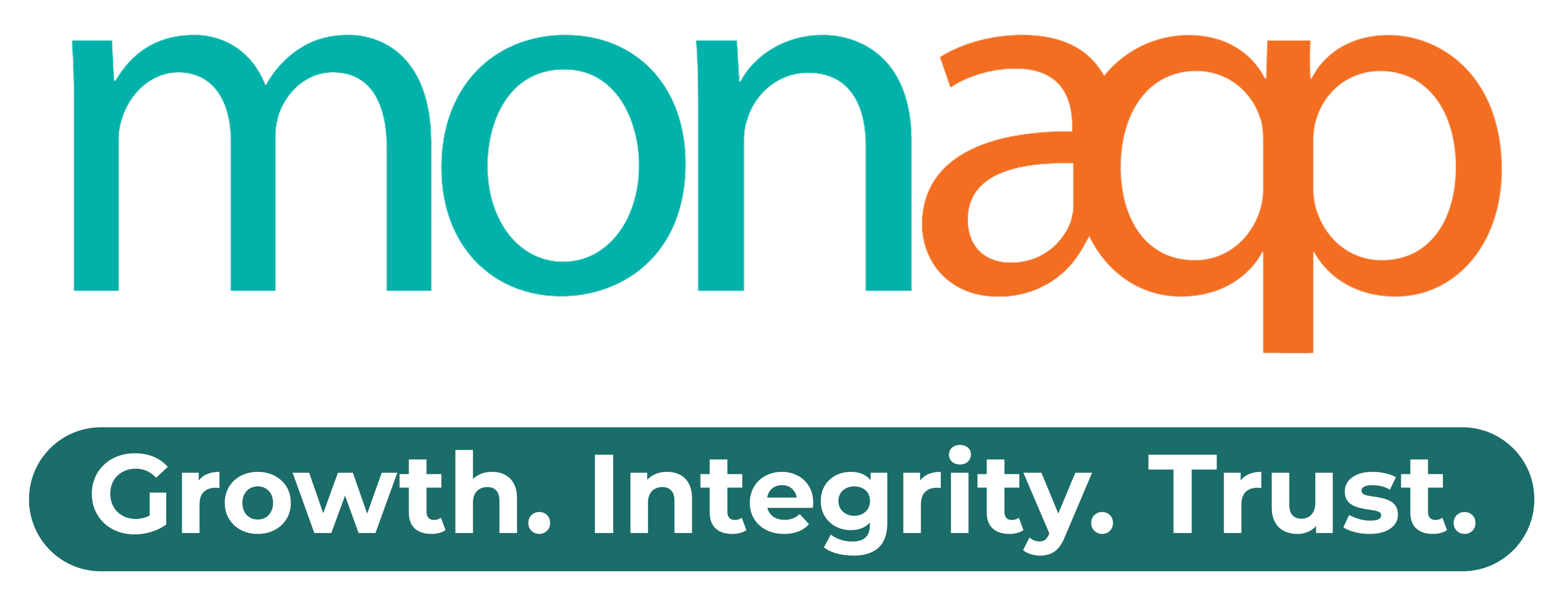Introduction
Natural Language Processing (NLP) is a branch of artificial intelligence that focuses on the interaction between computers and human language. In software development, NLP plays a critical role in enabling applications to understand, interpret, and generate human language. With the increasing demand for intelligent language processing capabilities, a wide range of NLP tools have emerged to aid software developers in building applications that can effectively analyze and process textual data. In this article, we will explore the top NLP tools for software development, highlighting their features and providing examples of how they can be utilized.
NLTK (Natural Language Toolkit)
NLTK is one of the most widely used NLP libraries in the Python ecosystem. It provides a comprehensive set of tools and resources for various NLP tasks, including tokenization, stemming, part-of-speech tagging, named entity recognition, sentiment analysis, and more. NLTK’s modular design and extensive collection of corpora and lexical resources make it an excellent choice for developers working on NLP projects.
Example: Suppose a software development team is building a chatbot for a customer support system. By using NLTK, developers can perform text classification to categorize customer queries and route them to the appropriate support team. NLTK’s sentiment analysis capabilities can also be leveraged to understand the sentiment expressed in customer messages, helping the chatbot respond more effectively.
spaCy
spaCy is a fast and efficient NLP library designed for production-ready applications. It offers a wide range of features, including tokenization, part-of-speech tagging, dependency parsing, named entity recognition, and more. spaCy’s focus on performance and ease of use makes it a popular choice for developers working on NLP-intensive applications.
Example: Imagine a software development team creating an application that extracts key information from news articles. By using spaCy, developers can utilize its named entity recognition capabilities to identify and extract entities such as people, organizations, and locations mentioned in the articles. This information can then be used for further analysis or to generate summaries of the articles.
CoreNLP
CoreNLP is a powerful NLP library developed by Stanford University. It provides a suite of NLP tools, including tokenization, part-of-speech tagging, named entity recognition, sentiment analysis, and coreference resolution. CoreNLP’s strength lies in its ability to perform multiple NLP tasks simultaneously, enabling developers to build complex language processing pipelines.
Example: Suppose a software development team is working on a social media monitoring application. By using CoreNLP, developers can extract entities, sentiment, and topics from social media posts in real-time. The extracted information can be used to identify trending topics, detect sentiment patterns, and gain insights into public opinion on various subjects.
Gensim
Gensim is a Python library specifically designed for topic modeling and document similarity analysis. It provides efficient implementations of popular topic modeling algorithms, such as Latent Semantic Analysis (LSA) and Latent Dirichlet Allocation (LDA). Gensim’s simplicity and scalability make it a preferred choice for developers working on large-scale text analysis tasks.
Example: Consider a software development team tasked with analyzing a collection of news articles. By using Gensim, developers can apply topic modeling techniques to discover latent topics in the articles. This information can be utilized to categorize the articles, identify key themes, and build recommendation systems based on similar topics.
Stanford NLP
Stanford NLP is a collection of NLP tools developed by Stanford University. It offers a wide range of functionality, including tokenization, part-of-speech tagging, named entity recognition, sentiment analysis, coreference resolution, and more. Stanford NLP’s tools are implemented in Java and also provide Python wrappers for easy integration into Python-based software projects.
Example: Imagine a software development team working on an email classification system. By using Stanford NLP, developers can leverage its part-of-speech tagging and named entity recognition capabilities to extract important information from incoming emails. This extracted information can then be used to categorize emails into different folders or apply specific actions based on identified entities.
OpenNLP
OpenNLP is an Apache-licensed Java library for NLP tasks. It provides a set of tools for tokenization, sentence detection, part-of-speech tagging, named entity recognition, and more. OpenNLP’s lightweight design and ease of integration make it a popular choice for developers seeking NLP capabilities in their Java-based software projects.
Example: Suppose a software development team is building a text classification system for customer feedback analysis. By using OpenNLP, developers can perform part-of-speech tagging to identify nouns, adjectives, or verbs used in customer feedback. This information can then be used to classify feedback into different categories, such as product quality, customer service, or pricing.
Stanford CoreNLP
Stanford CoreNLP is a Java-based NLP library developed by Stanford University. It provides a wide range of NLP tools, including tokenization, part-of-speech tagging, dependency parsing, named entity recognition, sentiment analysis, and more. Stanford CoreNLP’s comprehensive set of tools and its integration with other libraries make it a powerful choice for NLP tasks.
Example: Imagine a software development team working on an intelligent document summarization system. By using Stanford CoreNLP, developers can utilize its sentence detection and dependency parsing capabilities to extract key sentences and relationships from documents. This extracted information can then be used to generate concise summaries of the documents.
Apache OpenNLP
Apache OpenNLP is an open-source Java library for NLP tasks. It offers a range of tools and models for tasks such as tokenization, sentence detection, part-of-speech tagging, named entity recognition, and more. Apache OpenNLP’s modular design and extensive documentation make it a valuable resource for developers seeking NLP capabilities in their Java-based projects.
Example: Suppose a software development team is building a chat analytics system for a customer support platform. By using Apache OpenNLP, developers can perform named entity recognition on customer chat transcripts to identify important entities such as product names, customer names, or support ticket numbers. This information can be used to generate reports, identify trends, and enhance customer support services.
TextBlob
TextBlob is a Python library built on top of NLTK and provides a simple API for common NLP tasks, such as part-of-speech tagging, noun phrase extraction, sentiment analysis, and more. TextBlob’s ease of use and extensive documentation make it a beginner-friendly choice for developers starting with NLP.
Example: Consider a software development team working on a social media monitoring tool. By using TextBlob, developers can perform sentiment analysis on social media posts to determine the sentiment expressed in the text, whether it is positive, negative, or neutral. This information can help businesses gauge public opinion, monitor brand sentiment, and respond proactively to customer feedback.
IBM Watson Natural Language Understanding
IBM Watson Natural Language Understanding is a cloud-based NLP service that offers a range of advanced NLP capabilities. It provides tools for entity recognition, sentiment analysis, emotion detection, keyword extraction, and more. IBM Watson’s robust and scalable infrastructure makes it a reliable choice for developers seeking powerful NLP capabilities.
Example: Suppose a software development team is working on an e-commerce platform. By using IBM Watson Natural Language Understanding, developers can perform entity recognition on customer reviews to identify specific product mentions. This information can be used to generate product-specific ratings, analyze customer sentiment, and provide personalized recommendations to customers based on their preferences.
Conclusion
In today’s data-driven world, NLP tools play a crucial role in software development, enabling applications to understand and process human language effectively. The top 10 NLP tools discussed in this article offer a wide range of features and capabilities, catering to various software development needs. Whether it’s tokenization, part-of-speech tagging, named entity recognition, sentiment analysis, or document summarization, these tools empower developers to leverage the power of NLP and build intelligent applications that can process and understand textual data. By incorporating these NLP tools into their software projects, developers can unlock valuable insights, enhance user experiences, and drive innovation in the field of language understanding and text analytics.



